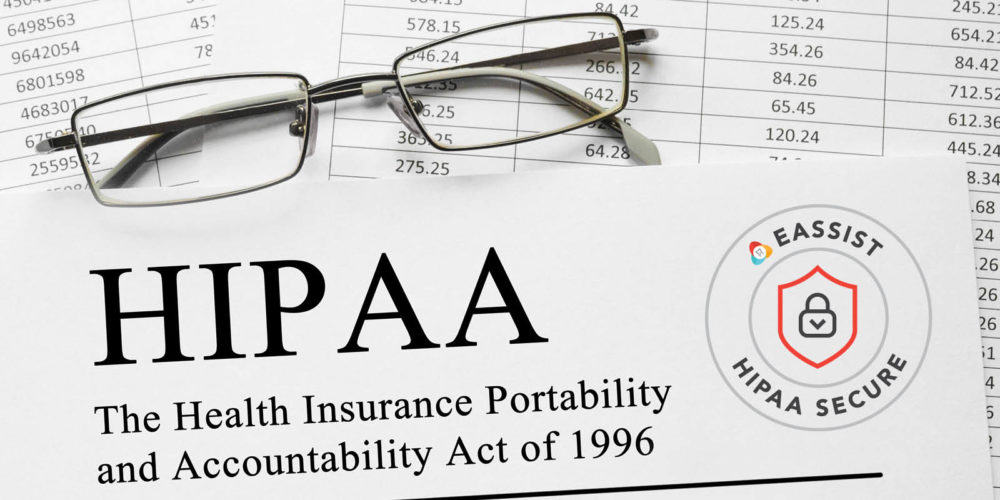Insurance Coverage for Dental Emergencies
People can experience a variety of dental emergencies, such as toothache, “pain and swelling in [their] mouth or gums; an extruded tooth, which is a tooth that has been moved out of its normal position; a tooth that has been knocked out; or having an object lodged between [their] teeth that flossing won’t remove,” chipped teeth, etc. (Blonden 2018; “Understanding dental insurance and emergencies”). Many of these emergencies can be addressed at the hospital or the dentist (Marshall; Goodell 2018, 3). Though, the hospital emergency rooms usually just provide “pain management” for the patients’ teeth because the rooms “generally don’t have the equipment or the staff to handle dental emergencies” (Marshall). Even so, people should seek help as soon as possible before the pain worsens. Emergency treatments may be expensive for some patients, but patients can use their insurance to help pay for these treatments.
People can utilize a variety of insurance policies for emergency treatments, depending on the situation. Dental insurance can cover dental emergencies, but it contains restrictions and pre-existing conditions that could affect the patient’s eligibility for coverage (“Understanding dental insurance and emergencies”; “Dental Insurance Alternatives for Uninsured Individuals”). For instance, people may have to endure waiting periods for basic and major restorative services and may not receive coverage for “[restoring] teeth that were missing before [they] purchased the policy…” (Dental Insurance Alternatives for Uninsured Individuals”). People may also not receive coverage for “work that was underway prior to the policy going into effect” (“Dental Insurance Alternatives for Uninsured Individuals”). Beneficiaries should also be aware of any “provisions for urgent care or after-hours care” as well as any deductibles, copayments, and other costs (Goodell 2018, 3). Furthermore, they should try going to in-network dentists for emergencies in order to get decreased out-of-pocket costs (Blonden 2018). In addition to dental insurance, they can utilize their health insurance at the emergency room (“If I have a dental emergency but do not have dental insurance, can I go to the ER?” 2018). Health insurance can cover procedures, such as “emergency treatments for infection or inflammation” and “[emergency] trauma procedures” (Taxin 2016). People may have some copayments “if the visit doesn’t lead to an admission” (Marshall). When people experience a workplace accident that resulted in a dental emergency, they can utilize their employer’s liability or workers’ compensation insurance (Marshall). For dental emergencies caused by a car accident, they could use “the medical coverage portion of [their] auto insurance, or that of the driver responsible for the accident” (Marshall). Some state Medicaid programs provide coverage for dental emergencies (Marshall).
Anyone can experience dental emergencies that require immediate attention. Fortunately, they can take advantage of some of their insurance policies to cover their treatments. Knowing their insurance policies can prepare patients to utilize coverage for dental emergency procedures in any situation.
Works Cited



0 Comments